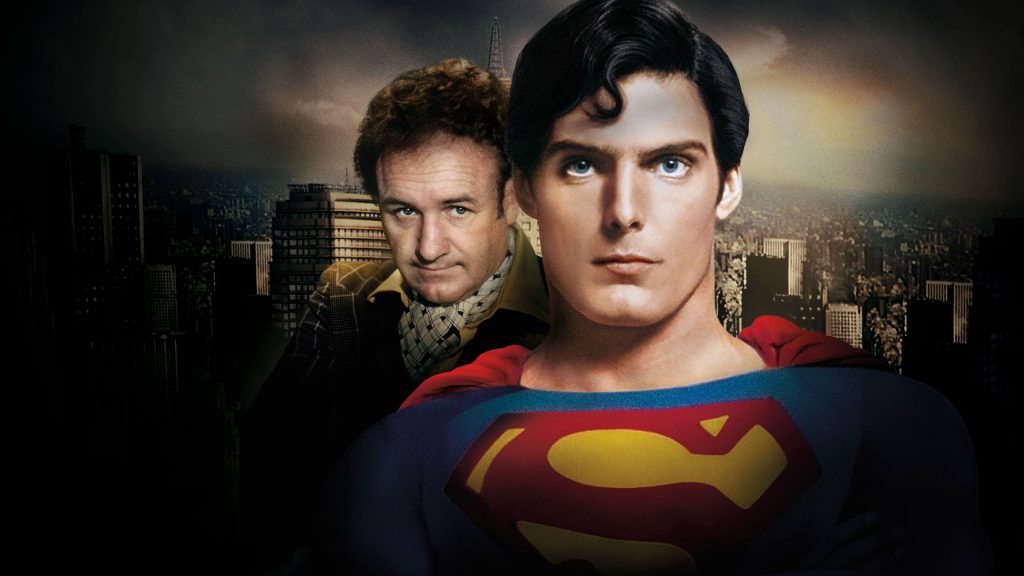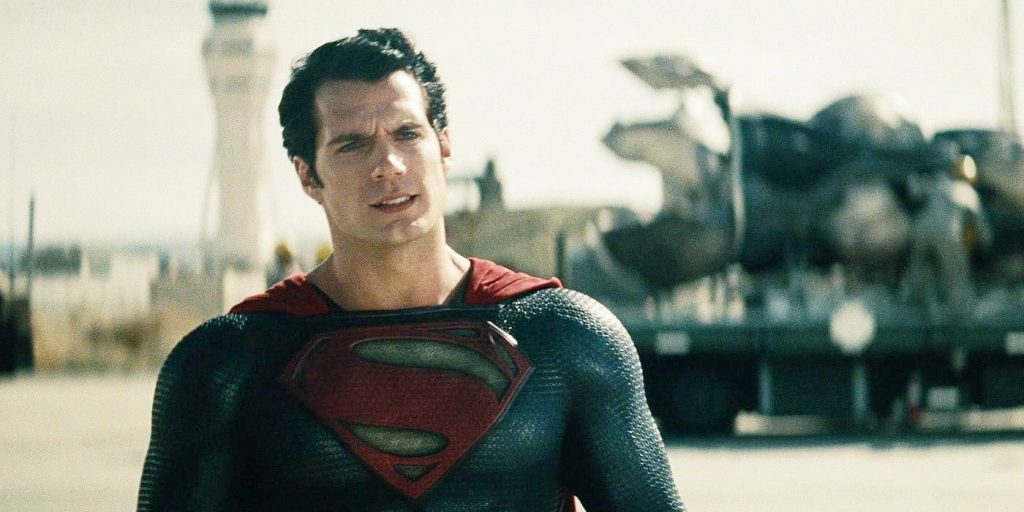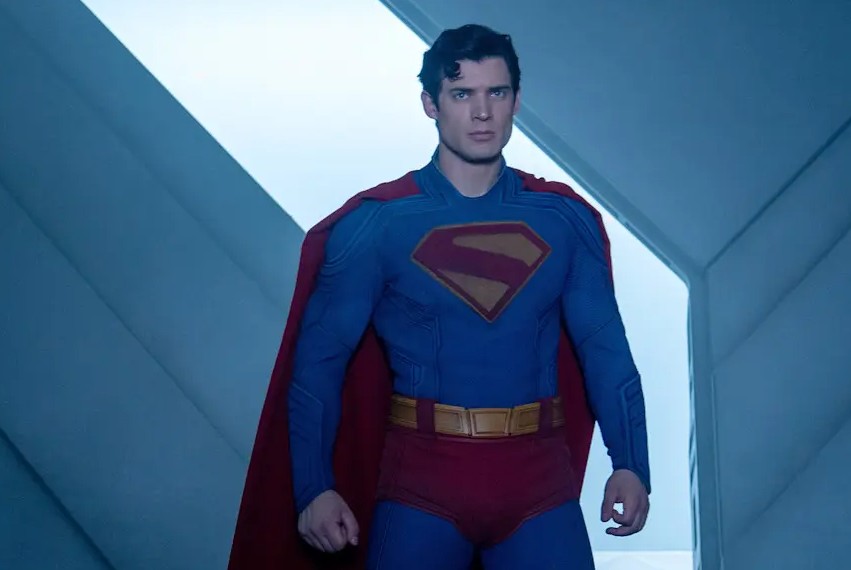The Evolution of Superman: From Lee Sholem to Richard Donner to Zack Snyder and James Gunn

The very first Superman movie produced was Superman and the Mole Men (1951) starring George Reeves and directed by Lee Sholem. Since then, a host of directors have contributed to the film franchise including Richard Lester, Richard Donner, Bryan Singer, Zack Snyder, and now, James Gunn. Each has left an indelible mark on the Superman legacy and his iconic status.
Superman, the iconic character created by writer Jerry Siegel and illustrator Joe Shuster, has been a staple of popular culture since his debut in Action Comics #1 in 1938. Over the decades, he has undergone numerous transformations, reflecting changing times, societal concerns, and the creative visions of various directors and writers. This article delves into the different incarnations of Superman, assessing how each interpretation has influenced the character’s evolution.

Superman (1978) starring Christopher Reeve. Photo courtesy of Warner Bros. Pictures
Richard Donner’s Superman (1978-1987)
Richard Donner’s Superman (1978) and its sequel Superman II (1980) are often considered the gold standard for the character’s cinematic portrayal. These films introduced a more grounded and humanized version of Superman, played by Christopher Reeve. Donner’s interpretation emphasized Superman’s dual identity as Clark Kent and his struggle to balance his human and superhuman lives with duty.
Key Elements of Donner’s Superman
1. Humanization: Donner’s Superman is deeply human, embodying a strong sense of morality and a desire to protect humanity. Reeve’s portrayal brought a sense of vulnerability and relatability to the character, making him not just a superhero, but an enduring symbol of hope and justice.
2. Romantic Subplot: The romantic relationship between Superman and Lois Lane, portrayed by Margot Kidder, added richness to the character’s narrative. Their love story became a central theme, illustrating Superman’s humanity and emotional connections. This dynamic allowed audiences to see Superman balancing his responsibilities to the world with his personal desires.
3. Themes of Sacrifice: Themes of sacrifice, duty, and selflessness permeate Donner’s films, with Superman often putting his own well-being and safety aside to save others. The portrayal of a superhero who prioritizes the greater good over personal gain laid the groundwork for the moral frameworks in later superhero films.

Man Of Steel (2013) starring Henry Cavill. Photo courtesy of Warner Bros. Pictures
Zack Snyder’s Superman (2013-2017)
Zack Snyder’s Man of Steel (2013) and its sequel Batman v Superman: Dawn of Justice (2016) presented a darker, introspective and more complex interpretation of Superman. Henry Cavill took on the role, bringing a brooding and introspective take on the character that diverged significantly from Donner’s approach.
Key Elements of Snyder’s Superman
1. Darker Tone: Snyder’s films embraced a darker, grittier tone. This version of Superman is conflicted, grappling with his place in the world and often questioning his actions. The portrayal emphasizes the burdens of being Superman, portraying him as a solitary figure struggling under the weight of expectations, both as a superhero and a human.
2. Military and Political Themes: The films delve into themes of military intervention and political intrigue, creatively engaging with real-world issues. Superman’s actions are scrutinized, and he is often portrayed as a controversial figure, both admired and feared. This portrayal reflects a more modern interpretation of heroism, emphasizing the complex psychological and moral conflicts that superheroes face.
3. Character Development: Cavill’s portrayal of Superman is layered and emotionally complex. His relationships with his adoptive parents, Martha and Jonathan Kent, as well as his struggle to reconcile his Kryptonian heritage with his human upbringing, add depth and conflict to his character. This focus on his inner turmoil resonates with audiences, portraying Superman as a figure who learns and grows from his experiences as he adapts to life on Earth.

Superman (2025) starring David Corenswet. Photo courtesy of Warner Bros. Pictures
James Gunn’s Superman (2025)
James Gunn’s Superman (2025) provides a fresh perspective on the character.
Key Elements of Gunn’s Superman
1. Optimistic and Ligher Tone: Gunn’s vision for Superman returns to a more optimistic and hopeful tone, reminiscent of Donner’s films. This shift aims to recapture the essence of Superman as a beacon of hope and inspiration in a world of darkness. In an era where films are often dark and brooding, this approach offers a contrast to audiences seeking positivity and levity.
2. Character Focus: The film emphasizes Superman’s character development, exploring his origins, motivations, identity, purpose and relationships. Gunn’s storytelling highlights the human aspects of Superman, making him more human than hero.
3. Humor and Heart: Known for his signature blend of irreverent humor and emotional depth, Gunn’s film incorporates lighthearted moments while still addressing serious themes like corporate governance and citizens’ rights.
Superman’s Cinematic Journey
Throughout the years, Superman’s cinematic journey symbolizes not only the evolution of a character, but also the shifting landscape of popular culture and societal values. From Donner’s idealistic hero to Snyder’s conflicted figure, and finally to Gunn’s joyous approach, each iteration reflects the times in which they were created.
Thematic Resonance
Common themes across these interpretations include the struggle for identity, the balance between power and responsibility, and the profound impact of human relationships. While each director has put a unique spin on these themes, the core essence of Superman remains intact—a character who embodies hope, justice, and the quest for belonging.
Cultural Impact
Superman’s cultural impact transcends his films. He has become a symbol of hope and resilience.. The relevance of Superman endures because he resonates with fundamental human experiences—struggling with one’s identity, the desire to make a positive difference, and the need for human connection and love.
Final Words
The journey of Superman through the eyes of Richard Donner, Zack Snyder, and James Gunn encapsulates a broader exploration of growth and adaptation. Each filmmaker has contributed significantly to the lore of the character, providing audiences with various interpretations that reflect shifting cultural ideologies. Superman, as a character and myth, continues to evolve, ensuring that he remains a symbol of hope and inspiration for generations to come.
Do you want your script to go up, up, and away? Get some super feedback.
Join the Discussion!
Related Articles
Browse our Videos for Sale
[woocommerce_products_carousel_all_in_one template="compact.css" all_items="88" show_only="id" products="" ordering="random" categories="115" tags="" show_title="false" show_description="false" allow_shortcodes="false" show_price="false" show_category="false" show_tags="false" show_add_to_cart_button="false" show_more_button="false" show_more_items_button="false" show_featured_image="true" image_source="thumbnail" image_height="100" image_width="100" items_to_show_mobiles="3" items_to_show_tablets="6" items_to_show="6" slide_by="1" margin="0" loop="true" stop_on_hover="true" auto_play="true" auto_play_timeout="1200" auto_play_speed="1600" nav="false" nav_speed="800" dots="false" dots_speed="800" lazy_load="false" mouse_drag="true" mouse_wheel="true" touch_drag="true" easing="linear" auto_height="true"]










You must be logged in to post a comment Login